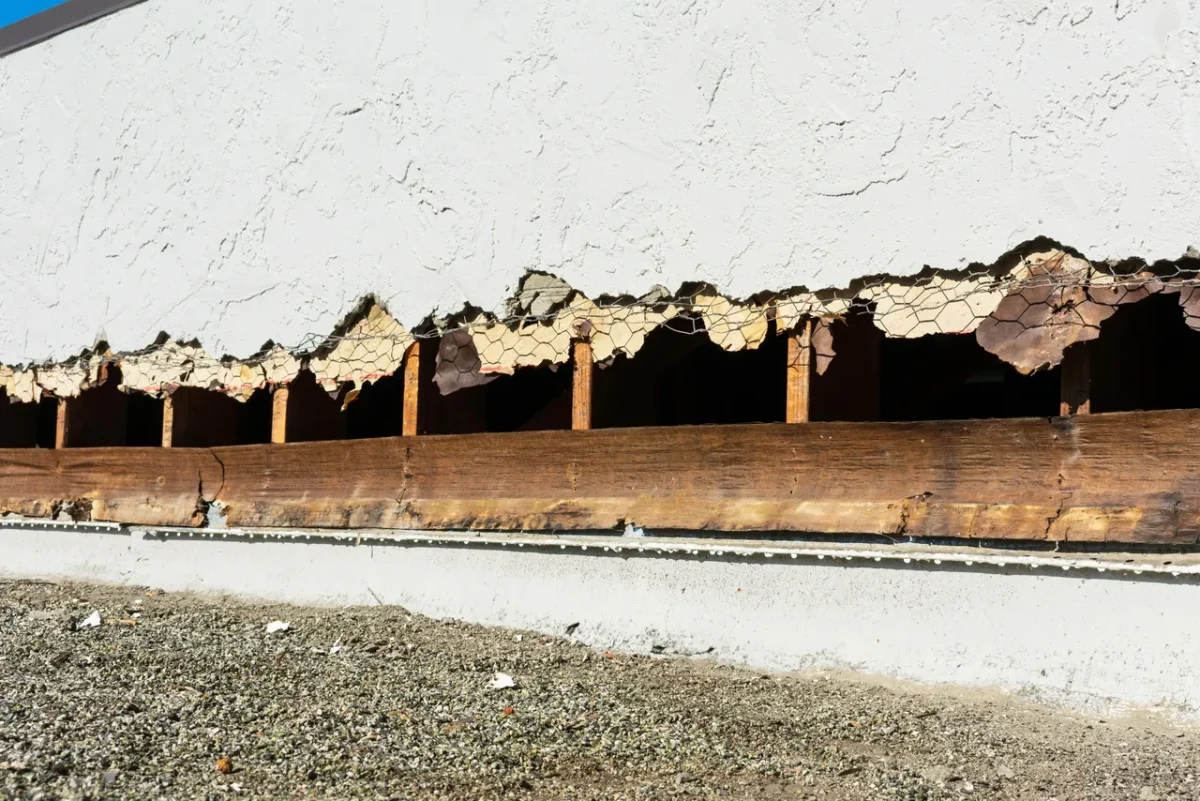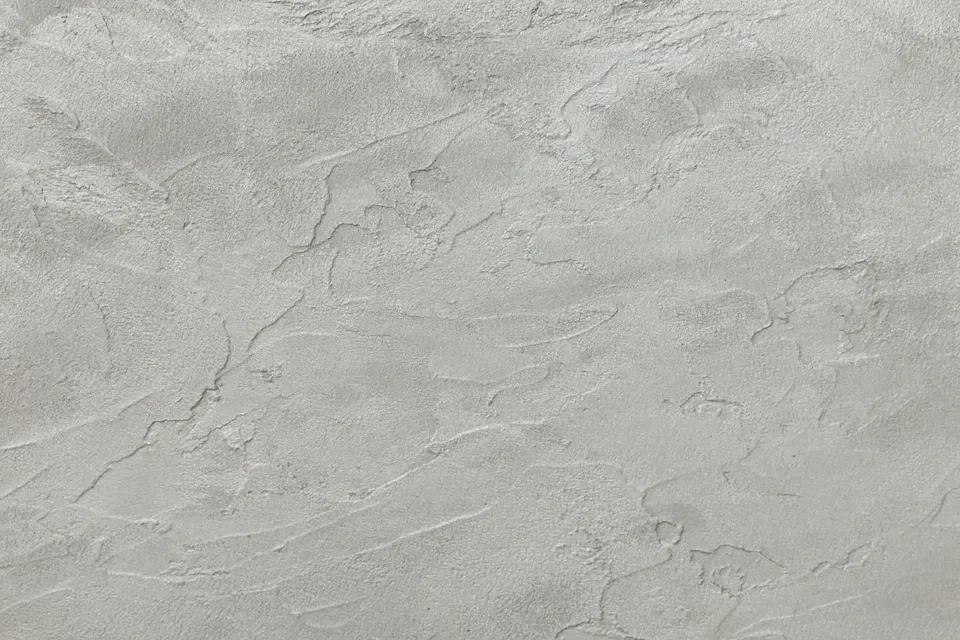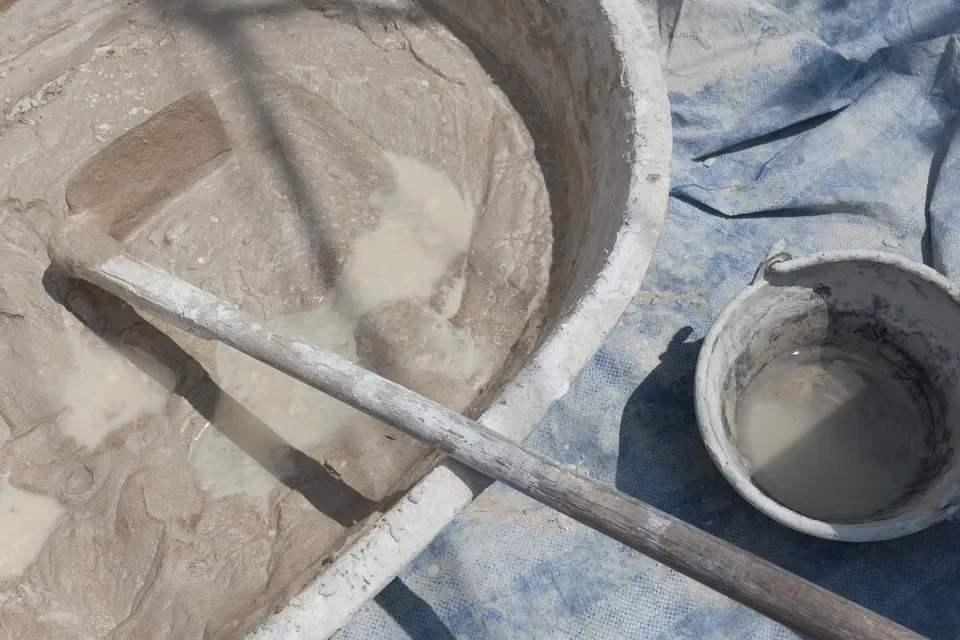What Are the Different Types of Weep Screeds?
Weep screed is a metal flashing that has a bend in the bottom edge and holes that run along the bottom. The different types of weep screeds are determined by the shape of the bend in the bottom edge, and there are two main types of weep screed that are used when installing stucco: Type 7 and the “J” Type. Both types of weep screeds serve a similar purpose and can essentially be used interchangeably, and which type you decide to use depends on personal preference and availability.
Type 7
The Type 7 weep screed is the more commonly used type, and can be found at most hardware stores such as Home Depot or Lowe’s. It has a V shape to it, which helps it accomplish its purpose of wicking moisture away from the stucco. The Type 7 weep screed is used more often, as it is more easily found for homeowners to purchase, and it is especially used more frequently on older buildings.
“J” Type
The “J” type weep screed is less commonly used, and it can typically be found for purchase at a stucco supply yard. It is called the “J” type because it has a small curved bottom, which makes the weep screed resemble a capital letter J, as opposed to the Type 7, which follows a V formation.
What Does a Weep Screed Do?
The purpose of a stucco weep screed is to direct any moisture that the stucco has absorbed away from the baseline of the siding. It wicks the moisture away from the plate line, where the concrete foundation of the building begins. The concrete foundation is more durable than the stucco siding, so the weep screed will typically hang down below the sill plate by about one or two inches, in order to direct moisture away from the siding to avoid any damage.
How Does Weep Screed Work?
The back side of the weep screed is usually around three to four inches long, and will be mounted to the wall, similar to the way rolled flashing or “L” flashing would be mounted. The weep screed will hang down, allowing the bent end of the weep screed to work in wicking the moisture. Stucco is designed to absorb water, and then allow the water to evaporate without seeping below the surface and causing any damage. However, sometimes there will be large amounts of water evaporating and it may drain down the surface of the stucco wall, and heading towards the plate line. Once the water reaches the weep screed, it will run out of the weep holes, away from the wall assemblies and avoid causing any water damage to the foundation of the home or the stucco.
Are Weep Screeds Necessary?
Whether or not a weep screed is necessary is generally a matter of personal preference and local building codes. Many counties will require a weep screed to be installed in order to approve the installation of stucco siding on a residential home or business, and it is necessary to be in compliance with these codes to avoid any issues in the future. Weep screed is generally required for all buildings that have wood framing construction, especially in cases of a new build.
Even in counties where a weep screed may not be required, it is a recommended piece of your stucco components that can be very helpful in protecting your home. It provides an extra layer of moisture wicking protection, and provides a clean barrier between the siding and the foundation of your home. Our team recommends the use of weep screed on all stucco projects, whether it is required or not.
When Is Weep Screed Not Required?
In certain circumstances, a weep screed may not be a required component of stucco siding. Generally, these circumstances involve older buildings that did not have a weep screed installed originally, and are being renovated for aesthetic reasons. Concrete and cinder block walls will typically not require a weep screed, since the cement based materials are better equipped to handle water than wooden framing materials.
Where To Buy a Weep Screed
As we mentioned, the Type 7 weep screed can typically be found at Home Depot or Lowes. However, Home Depot or Lowes may not have different types of metal available, or different Type 7 weep screeds that you may need depending on if you have a one coat or three coat stucco system. To access the most varied range of weep screeds, going to a stucco supply yard and speaking with an experienced Phoenix stucco contractor is the best course of action.
If you are installing stucco siding on your home, it is recommended to speak with a professional to ensure the siding and any necessary weep screeds are properly installed to protect your siding and your home. Contact us online to learn more about stucco and weep screed installation, and get a consultation from our team of seasoned professionals today.





